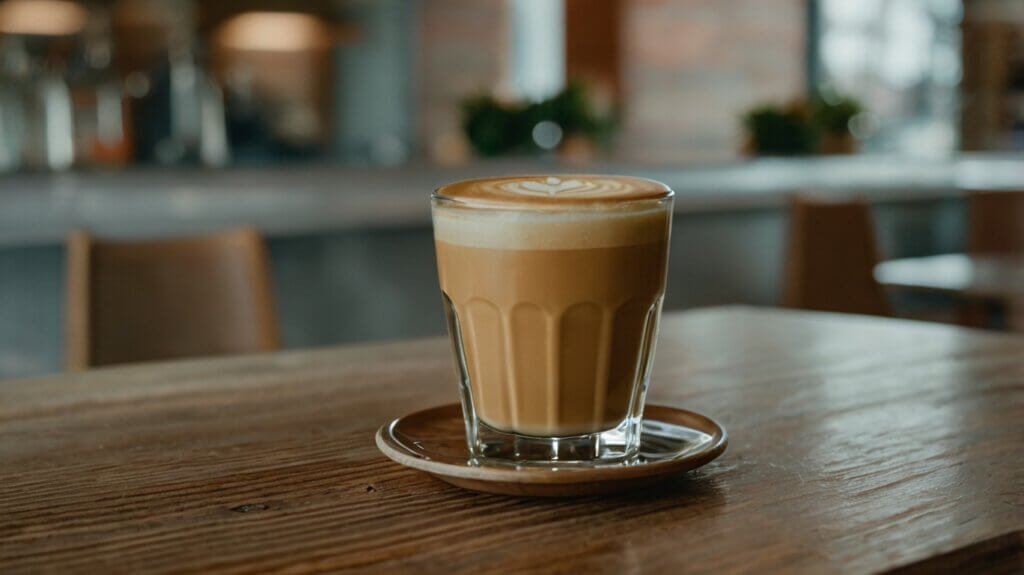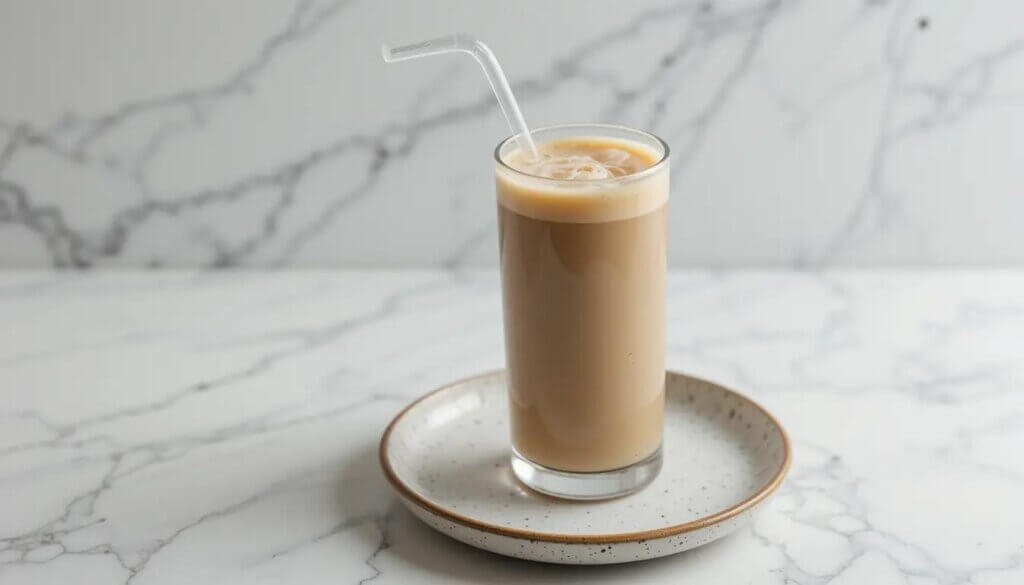Low Acid Coffee Explained: Benefits, Brewing Tips & Best Brands
Most coffee lovers take that morning coffee not as a cup of coffee, they consider it a lifeline for them. But the main problem is for those who have acid reflux, sensitive stomach or digestive discomfort. We must say that enjoying coffee can be a painful experience for them. That’s because low acid coffee beans come to their rescue.

In this article, we will discover what low acid coffee is, why it matters, how it’s made, and which beans are best for a gentler yet satisfying brew. So whether you’re trying to reduce acidity for health issues or you just want a smoother cup, this article helps you to learn everything about this.
What Are Low Acid Coffee Beans?
Low-acid coffee beans are just what they sound like, coffee beans that are naturally less acidic than traditional varieties. Acidity in coffee refers to the pH level and the presence of certain organic compounds that give coffee its bright and sour taste. While this acidity is desirable for some people, it can cause digestive problems for others.
That doesn’t mean low-acid coffee has to be flavorless. In contrast, the best low-acid coffees are smooth, rich, and full-bodied, easy on the stomach but still deeply satisfying.
Who Should Drink Low Acid Coffee?
Low acid coffee beans are quite popular especially among people who experience:
- Acid reflux or GERD
- Heartburn or indigestion
- Sensitive stomachs or ulcers
- Tooth enamel erosion
If regular coffee gives you discomfort or a burning sensation, then you will need to switch to low acid coffee. Trust me it will be a game-changer for you.
What Makes Coffee Acidic?
So we know that coffee is acidic but the question is where the acidity in coffee comes from and what kind of reasons cause this? Here are several factors that contribute to coffee’s acidity:
Origin: Generally coffee beans from high-altitude regions like Ethiopia or Colombia tend to be more acidic than those from lower elevations.
Roast Level: Research found that lighter roast coffee beans retain more acid, while darker roasts reduce it.
Processing Method: Washed or wet-processed coffee beans tend to have higher acidity than naturally processed coffee beans.

Brewing Technique: Sometimes our brewing technique is the cause of producing acid in our drink. For example, cold brew methods produce lower acidity compared to hot brewing methods.
I believe that knowing these factors helps you when you are choosing low acid coffee beans or preparing low acid coffee at home.
How Are Low Acid Coffee Beans Made?
So now you are definitely thinking about how these low acid coffee beans are made. There are two main ways to reduce acidity in coffee:
1. Naturally Low Acid Beans
Nature has blessed coffee lovers with naturally low-acid beans. So some coffee beans are naturally low in acid due to their origin. Coffee beans from countries like Brazil, Sumatra (Indonesia), Guatemala (low-elevation regions), and Nicaragua are also known to be lower in acidity, especially when medium or dark roasted coffee beans.
2. Special Processing Techniques
Some brands treat their beans using specific roasting methods or water steaming to neutralize or reduce acidity. But there are some brands that use advanced drying techniques to maintain flavor while lowering pH levels. These methods help make the coffee gentler on the stomach without sacrificing quality.
Best Types of Low Acid Coffee Beans

You can find several types of low acid coffee beans in the world. Here I pick some popular types of low acid coffee beans for you that are not only delicious but also easy to digest:
Sumatran Coffee
Sumatra or Indonesia produces a kind of coffee beans that are well known for their earthy, full-bodied coffee flavor with very low acidity. It’s also a perfect coffee bean for dark roast lovers who want a bold cup without the burn.
Brazilian Coffee
Brazilian coffee beans typically taste nutty and chocolatey, with mild acidity. This kind of coffee bean is a great base for espresso blends and cold brews.
Nicaraguan Coffee
Often grown at lower elevations, Nicaraguan coffee beans tend to be mellow, smooth, and easier on those coffee lovers who unfortunately have sensitive stomachs.
Guatemalan Coffee (Low Altitude)
Grown at lower altitudes, Guatemalan coffee beans offer a balanced, medium-body taste with gentle acidity.
How to Brew Low Acid Coffee at Home

Even if you don’t buy specially labeled low-acid coffee beans, you can still reduce the acidity by brewing it. Here are a few tips:
Choose Dark Roasts:
The interesting fact is, dark roasted coffee beans have less acid than light roasted coffee beans. But the reason behind this is more interesting, roasting reduces chlorogenic acid and this is one of the compounds responsible for sourness.
Cold Brew It:
Cold brewing extracts fewer acidic compounds as a result, you can get a smoother, sweeter drink. So try to just steep coarsely ground beans in cold water for 12–24 hours. It will be helpful for you.
Add a Pinch of Salt or Eggshells:
Okay, I am definitely sure it sounds odd to you, but do you know a tiny bit of salt or clean crushed eggshells during brewing can neutralize acids and smooth out bitterness.
Use Low Mineral Water:
Hard water can highlight acidity. By the way, hard water means water that contains high levels of dissolved minerals, primarily calcium and magnesium. So try to use filtered water or soft water to keep your coffee round and mellow.
Recommended Low Acid Coffee Brands
We can find so many low acid coffee brands on the market. Here I pick up some brands are well known for offering great low acid coffees:
Lifeboost Coffee – This coffee is not only organic, it also uses single-origin beans grown in Nicaragua. And the good thing is it’s stomach-friendly and non-GMO.
Puroast Coffee – This brand boasts 70% less acid and also higher antioxidants. So it’s perfect for wellness-focused coffee drinkers.
Volcanica Low Acid Coffee – This brand offers a range of low-acid coffee options from different origins.
Tyler’s Coffee –This brand claims to be the world’s first acid-free coffee. And they disclose they are using a proprietary process.
When you are buying coffee beans, always try to check for freshness, roast date, and grind size, especially if you’re buying pre-ground coffee beans.
Is Low Acid Coffee Healthier?
Now you may think about whether this low acid coffee is healthier or not. And the answer is simple: it’s not only healthy, it also provides some benefits to your body. And the benefits are:
- Less irritation to the stomach lining
- Reduced risk of acid reflux
- Gentler on tooth enamel
- Easier on people with IBS or sensitive digestion
Moreover, many low-acid coffees are organic or mold-free, which adds another layer of wellness.

FAQs
What are low acid coffee beans?
Like the name, low acid coffee beans are those kinds of coffee beans that naturally contain less acidity or are processed in a way that reduces their acid content and these kinds of beans are ideal for those people who are suffering with acid reflux, sensitive stomachs or heartburn.
Is low acid coffee better for your stomach?
Definitely, if you have a sensitive stomach and you are worried about acid in coffee then you will be glad to hear that low acid coffee is gentler on the digestive system. Like acid reflux, indigestion, and stomach discomfort.
Which country produces the best low acid coffee beans?
It’s true that low acid coffee beans aren’t produced in every country. They are primarily produced in countries like Brazil, Sumatra (Indonesia), and Nicaragua. Which are well known for producing naturally low acid beans with smooth, full-bodied flavor profiles.
Are there any side effects of drinking low acid coffee?
Low acid coffee is generally safe and well-tolerated for everyone. However, like any other coffee beans, it still contains caffeine, which may cause jitteriness or insomnia in sensitive individuals.
Final Thoughts
If you can’t live without coffee but also hate the side effects of coffee then it will be great switching to low acid coffee beans. This small step could transform your morning brew into a pain-free pleasure. Whether you choose beans that are naturally low in acid or rely on special roasting and preparation methods, there are plenty of delicious options.
Remember, low acid doesn’t mean it’s low quality. In fact, it just means a smoother ride for your coffee in your digestive system.
So go ahead. Sip without any burning issues. And for this your stomach will thank you every day.

Hi! I’m Semiul Bennett. After spending so many years in the coffee industry, I’ve developed a deep passion for all things coffee—from the beans to the brewing process. Now, I’m on a mission to help people have a better coffee experience at home and outdoors. Together with my team, we’re here to share expert tips, brewing techniques and the latest coffee trends, so you can enjoy your perfect cup every time.













